Disclosure: This article contains affiliate links. We may earn a commission from purchases at no extra cost to you, which helps our travel content.
While Tokyo often dominates conversations about Japanese nightlife, I've discovered that Yokohama—just 30 minutes south by train—offers an equally compelling after-dark experience with significantly fewer tourists. As someone who's spent countless evenings analyzing the molecular structures of materials, I find myself applying similar observational skills to urban nightlife ecosystems. Yokohama presents a fascinating case study: a port city whose nighttime identity has evolved through centuries of international influence, yet remains authentically Japanese at its core. During my recent spring visit, I found myself mesmerized by how the city transforms after sunset—harbor lights reflecting off glass skyscrapers, traditional lanterns illuminating narrow alleyways, and an energy that pulses through districts that each tell a different story of Japan's second-largest city. What follows is my analytical breakdown of Yokohama's nightlife circuits, calibrated for travelers seeking cultural immersion without the overwhelming density of Tokyo's more famous districts.
Minato Mirai: Harbor Lights and Highballs
Yokohama's waterfront district functions as the city's contemporary nucleus, where the architectural geometry creates an almost perfect harmony between built environment and natural harbor. Unlike Tokyo's more chaotic skylines, Minato Mirai's carefully planned development offers what I'd call 'nightlife with breathing room'—spaces between venues that allow for moment of reflection as you move between experiences.
The district's crown jewel is undoubtedly the Landmark Tower Sky Garden on the 69th floor, where I began my evening with a precisely crafted Hibiki highball. The molecular dispersion of whisky, soda and ice creates a perfect drinking experience while you absorb the 360-degree views of illuminated Yokohama. The observation deck admission (¥1,000) is separate from drink purchases, but the premium is justified by the panorama.
Moving earthward, Yokohama World Porters houses several mid-range bars with outdoor terraces that capitalize on harbor views. I particularly enjoyed Motion Blue Yokohama, a sophisticated jazz venue inspired by New York's Blue Note, where live performances complement an impressive selection of Japanese craft whiskies. The acoustics—likely designed with the same precision as the building's structural elements—create an immersive sound experience regardless of seating position.
For photography enthusiasts, I recommend bringing a compact tripod for capturing the spectacular light displays that animate the waterfront. The Cosmo Clock 21 Ferris wheel transitions through programmable LED patterns that reflect magnificently in the harbor waters—a phenomenon best captured with longer exposures.
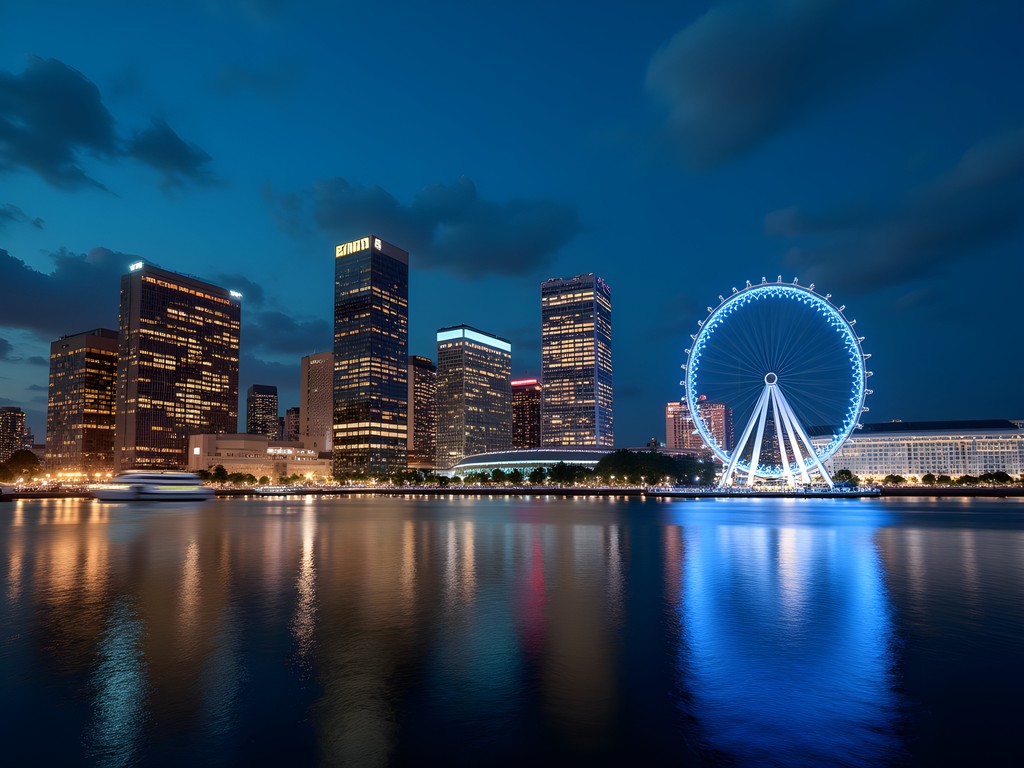
💡 Pro Tips
- Visit Landmark Tower around sunset to witness the transition from day to night across the entire region
- Many Minato Mirai venues offer happy hour specials between 5-7pm on weekdays
- The Red Brick Warehouse complex transforms seasonally—spring brings cherry blossom-themed illuminations and limited cocktail menus
Noge: The Engineering of Authenticity
What fascinates me about Noge district is how it embodies principles of organic material growth—developing naturally over decades rather than through master planning. This neighborhood of narrow streets packed with over 600 tiny bars and eateries follows no logical grid pattern, yet functions with remarkable efficiency.
My systematic exploration began at Sakuragicho Station's west exit, where I immediately noticed the demographic shift from Minato Mirai's tourist-heavy population. Noge operates primarily for locals, with many establishments seating just 6-8 patrons along wooden counters. As a materials engineer, I appreciate how these spaces maximize thermal efficiency—body heat and conversation create natural warmth in winter months.
The true gems here are the jazz kissa (jazz cafés) that have preserved mid-century audio technology with remarkable precision. Analog Cafe houses a custom-built tube amplifier system powering vintage Altec speakers that reproduce vinyl recordings with extraordinary fidelity. The owner—a former electronics engineer—explained how he modified the circuitry to optimize performance for the small space, demonstrating that audio reproduction, like materials science, requires both technical knowledge and artistic intuition.
For whisky enthusiasts, Bar Eclat offers what I'd classify as the most scientifically impressive selection in Yokohama. The proprietor approaches Japanese whisky with laboratory-like precision, documenting aging conditions and serving temperatures for optimal molecular expression. I tracked flavor development across a flight of Chichibu distillery releases, noting how slight variations in production parameters yielded dramatically different results.
Navigating Noge's labyrinthine layout becomes more intuitive with a reliable offline map app that works without data connectivity. I marked noteworthy venues as I discovered them, creating my own curated nightlife circuit.
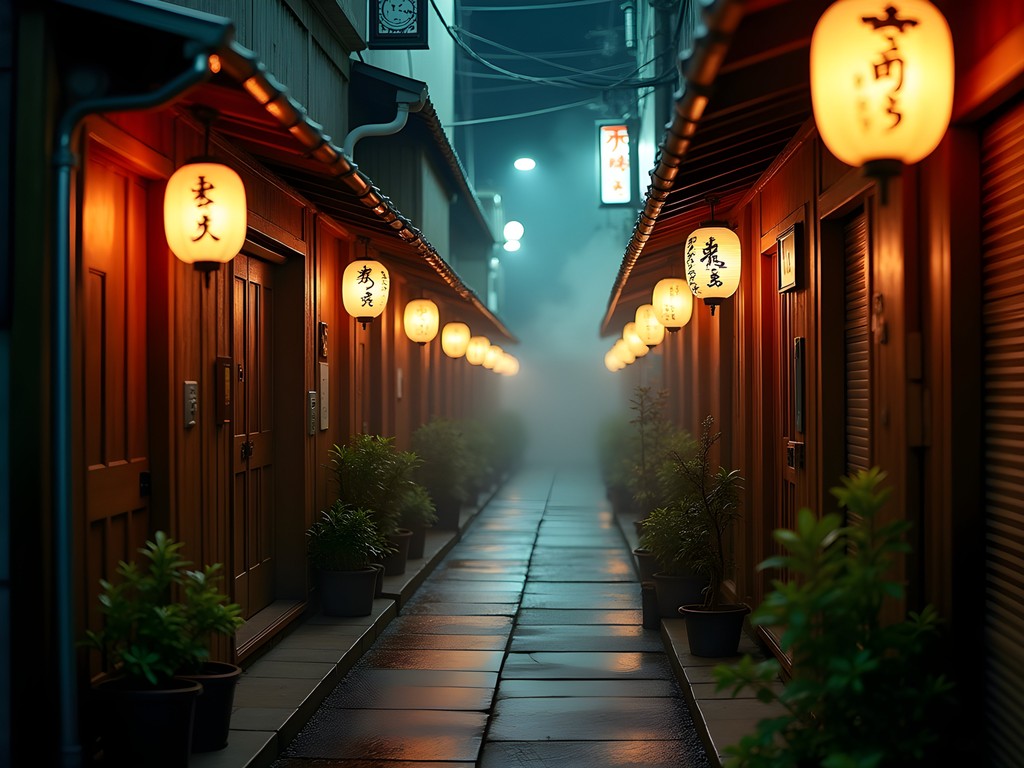
💡 Pro Tips
- Many Noge establishments have cover charges (¥500-1000)—budget accordingly
- Learn the phrase 'Nama bīru kudasai' (draft beer please) as English menus are rare here
- Bars with red lanterns typically indicate a more welcoming attitude toward foreign visitors
Kannai: Underground Sound Laboratories
Kannai district represents what I'd classify as Yokohama's experimental zone—where conventional nightlife parameters are tested and redefined. The area's post-industrial spaces have been repurposed into venues with remarkable acoustic properties, creating what I consider the city's most innovative music scene.
The epicenter is a cluster of venues near Kannai Station, where former warehouses now house everything from minimal techno clubs to experimental noise laboratories. Club Lizard stands out for its precision-engineered sound system—custom-built by former Sony audio engineers who approached speaker placement with mathematical precision. The result is a listening experience where frequency response remains consistent regardless of position on the dance floor—a rare achievement in acoustic engineering.
For those seeking more experimental soundscapes, Spectrum cultivates what the owner described as 'controlled chaos'—a testing ground where Yokohama's avant-garde musicians manipulate sound waves in ways that challenge conventional music theory. During my visit, an artist used electromagnetic field recordings from Yokohama's subway system as source material, processing these urban vibrations through analog synthesizers to create immersive soundscapes.
What distinguishes Kannai from similar districts in Tokyo is the community's collaborative approach. Many venues share equipment, expertise, and even audiences—creating an ecosystem where creative expression takes precedence over commercial competition. This collaborative model extends to the district's fashion aesthetic, where I observed a fascinating fusion of traditional Japanese textiles with contemporary silhouettes.
Navigating between venues often requires walking through dimly lit industrial areas, so I recommend bringing a compact flashlight for added security. The industrial aesthetics are part of the experience, but practical illumination helps locate unmarked entrances.
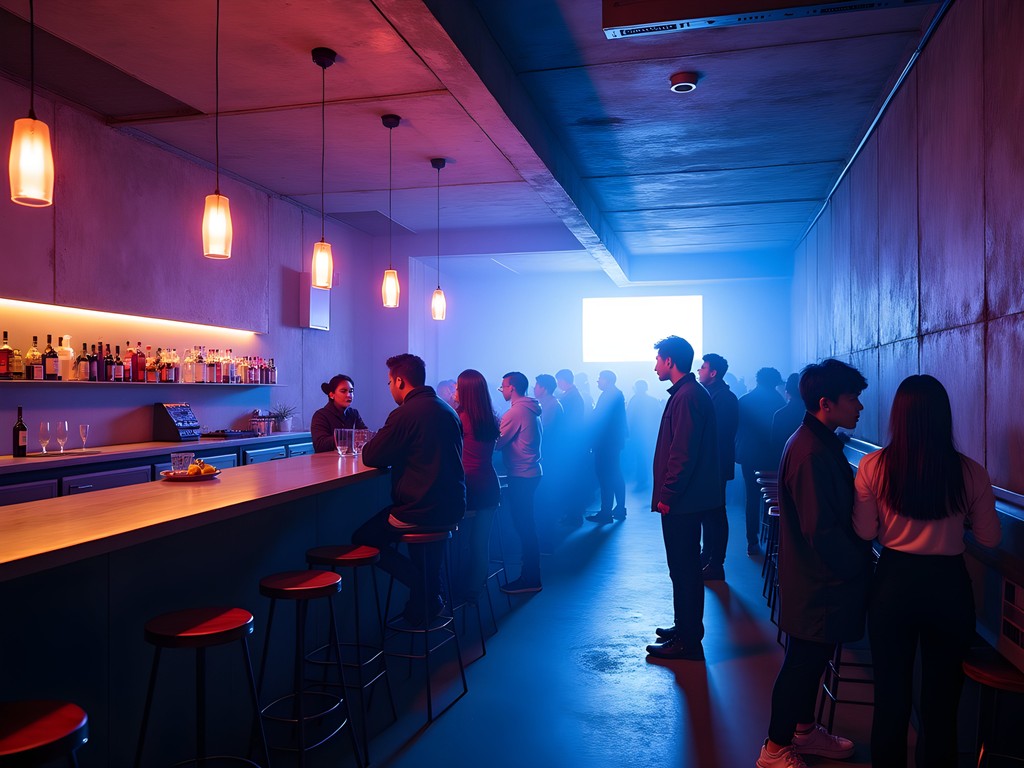
💡 Pro Tips
- Many Kannai venues don't begin main performances until after midnight, so adjust your schedule accordingly
- Look for event flyers at Kannai Station—they often provide discount codes for cover charges
- Several venues offer membership systems that provide significant discounts for repeat visitors
Chinatown After Dark: Culinary Nightlife
Japan's largest Chinatown undergoes a fascinating transformation after sunset, shifting from tourist-oriented dining to a more authentic late-night food culture that serves the area's resident Chinese community. As someone who studies material transformations professionally, I find the area's evening metamorphosis particularly compelling.
While most tourists depart after dinner, arriving around 10pm reveals what I consider the district's optimal state—when restaurants recalibrate their offerings for local tastes. Numerous establishments offer late-night dim sum until 2am, with Manchinro Honten being particularly notable for maintaining precise culinary standards regardless of hour. Their xiao long bao maintain perfect structural integrity—the gelatin-rich filling properly liquefied while the wrapper remains intact until punctured.
What distinguishes Yokohama's Chinatown from others globally is its hybrid cultural identity. Many establishments blend Chinese culinary techniques with Japanese ingredients and aesthetic sensibilities. Bar Zuien exemplifies this fusion, offering meticulously crafted cocktails incorporating Chinese medicinal herbs and Japanese distillation methods. Their Baijiu-based drinks undergo what the bartender described as 'controlled oxidation'—a process that softens the spirit's characteristically aggressive esters.
The district's central Kantei-byō Temple remains illuminated until midnight, creating a visual anchor point as you navigate the labyrinthine streets. The temple's incense burns continuously, providing olfactory waypoints that complement visual navigation—a multisensory urban experience.
For capturing the vibrant colors and lighting of Chinatown at night, I relied on my mirrorless camera with a fast prime lens that excels in low-light conditions without requiring flash photography, which would disrupt the atmospheric lighting that makes the area so distinctive.
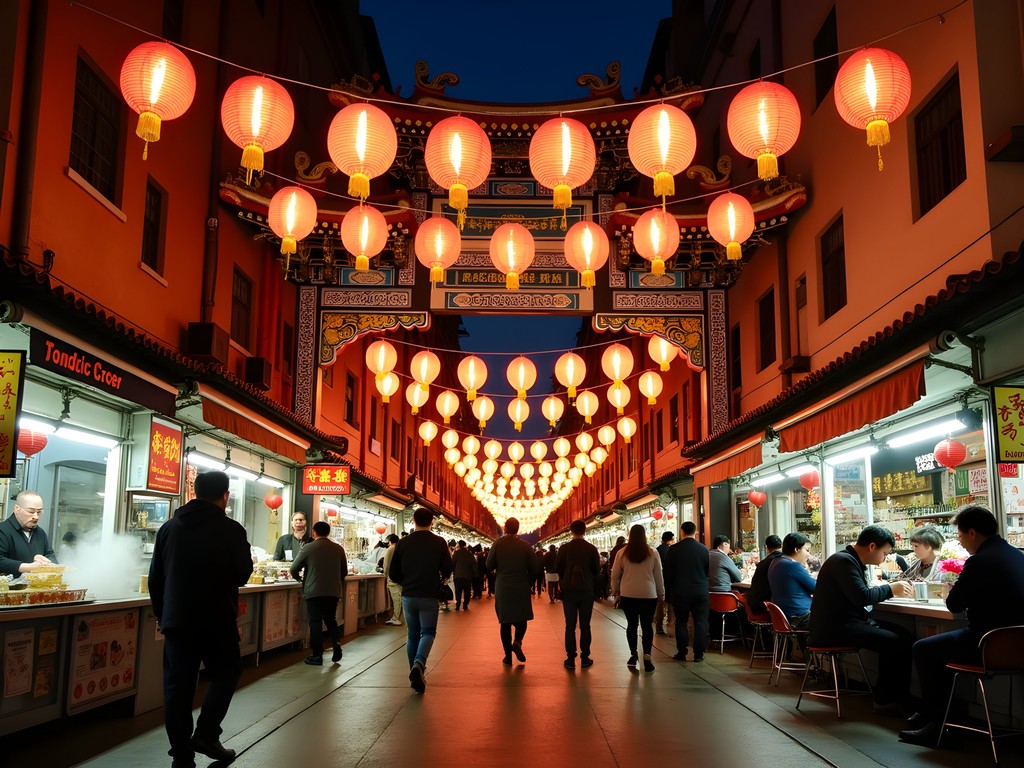
💡 Pro Tips
- Look for restaurants with two menus—the authentic Chinese menu often contains more interesting late-night specialties
- Several karaoke establishments in Chinatown offer private rooms with Chinese-language song selections until 5am
- The area between Yamashita Park and Chinatown becomes particularly lively after 11pm when restaurant workers finish their shifts
Sakuragicho: Bicycle Bar-Hopping Circuit
What initially attracted me to Yokohama's Sakuragicho district was its implementation of what I consider an optimal urban mobility system—a bike-share network specifically calibrated for nightlife navigation. As someone who studies both materials and urban systems, I find this integration particularly elegant.
The baySide Bike Share program places stations strategically near major nightlife clusters, allowing visitors to efficiently traverse the considerable distances between Yokohama's distinct entertainment districts. The bicycles themselves represent thoughtful engineering—equipped with integrated lighting systems, basket storage for personal items, and gearing optimized for Yokohama's moderate topography.
I designed a systematic circuit beginning at Sakuragicho Station, where I accessed a bike using the simple smartphone interface. The first segment connected to Minato Mirai's waterfront bars, followed by a scenic harbor ride to the Red Brick Warehouse complex. The route then curved inland toward Kannai's underground music venues before terminating in Noge's intimate alleyways. What would require expensive taxi rides or complex train connections became a fluid, enjoyable experience—with the added benefit of maintaining optimal blood circulation between drinking establishments.
For maximum efficiency, I recommend downloading the bike share app before arriving, which allows you to locate available bicycles and docking stations throughout the city. The system operates 24 hours, making it particularly valuable for late-night transitions between venues.
The city's thoughtful implementation includes designated bicycle parking areas near major nightlife concentrations—solving the last-meter problem that plagues many urban mobility systems. This attention to detail reflects Japanese engineering philosophy: solving problems holistically rather than in isolation.
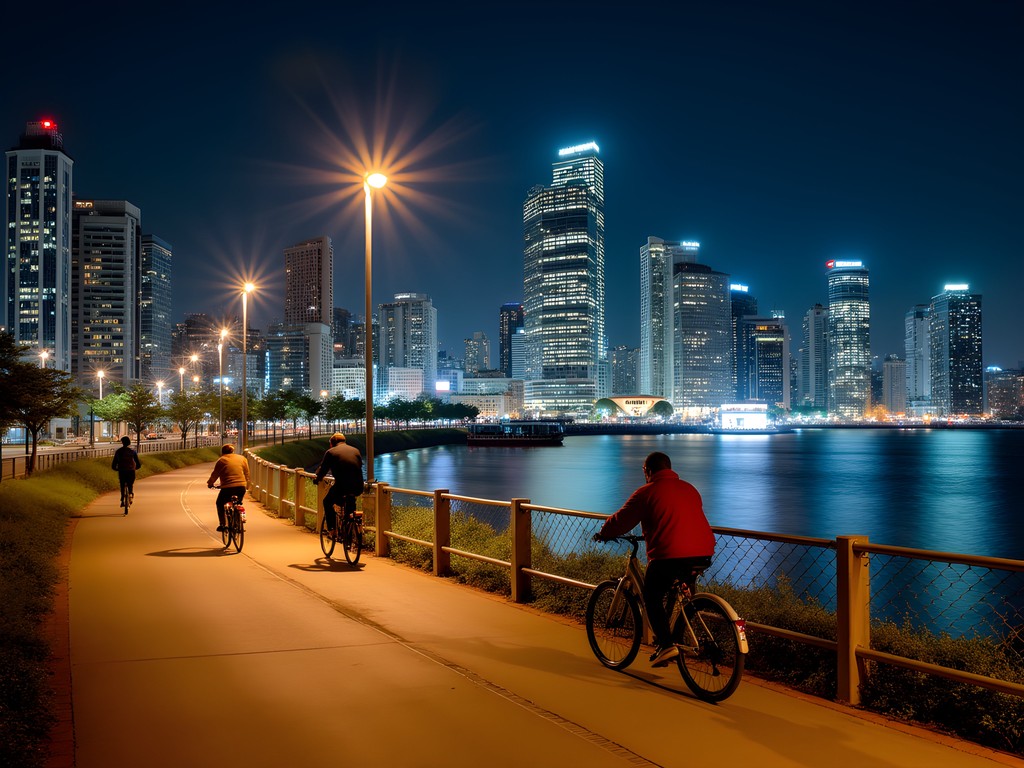
💡 Pro Tips
- Purchase the 24-hour pass (¥1,500) rather than paying per ride for maximum flexibility
- Bikes must be docked every 30 minutes to avoid additional charges—plan your routes accordingly
- The waterfront cycling path between Minato Mirai and Yamashita Park offers spectacular night views and is well-illuminated for safety
Final Thoughts
What makes Yokohama's nightlife ecosystem truly remarkable is how it balances seemingly contradictory properties—intimacy and spaciousness, tradition and innovation, local authenticity and international influence. As an engineer accustomed to analyzing material compositions, I found myself mapping the city's nighttime identity as a complex but harmonious alloy—each district contributing distinct properties to create something greater than the sum of its parts. Unlike Tokyo's more densely packed entertainment zones, Yokohama offers breathing room between experiences, creating natural moments of reflection as you transition between venues. This spatial calibration, combined with the city's bicycle infrastructure, produces what I consider an optimal nightlife circuit design. Whether you're seeking sophisticated jazz bars overlooking illuminated harbors, tiny izakayas hidden in atmospheric alleyways, or experimental sound laboratories in repurposed industrial spaces, Yokohama delivers with precision and authenticity. The next time you find yourself planning a Japanese nightlife expedition, consider this remarkable port city—just 30 minutes from Tokyo but operating in a completely different dimension after dark.
✨ Key Takeaways
- Yokohama offers distinct nightlife districts each with unique characteristics but less crowded than Tokyo equivalents
- The baySide Bike Share system creates an efficient circuit for visiting multiple nightlife zones in one evening
- Noge district provides the most authentic local drinking experience with over 600 small bars and eateries
- Spring brings special illuminations and seasonal cocktail menus throughout the waterfront areas
📋 Practical Information
Best Time to Visit
March-May (spring) when temperatures are mild and seasonal illuminations enhance the nightscape
Budget Estimate
¥10,000-20,000 per night including transportation, drinks, cover charges and late-night dining
Recommended Duration
2-3 nights minimum to experience different districts properly
Difficulty Level
Beginner - English Signage Is Common In Major Areas And Transportation Is Straightforward

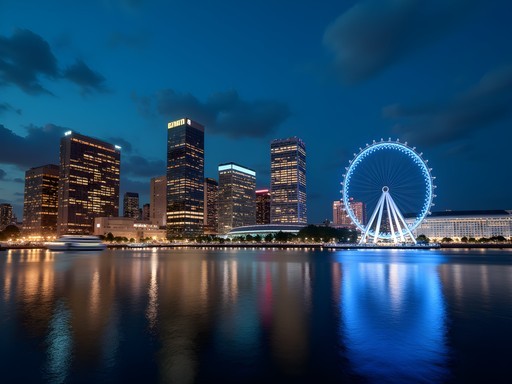
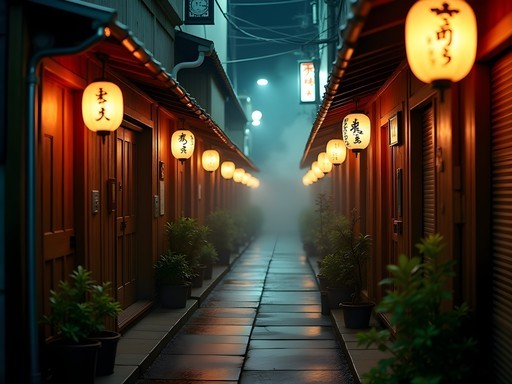
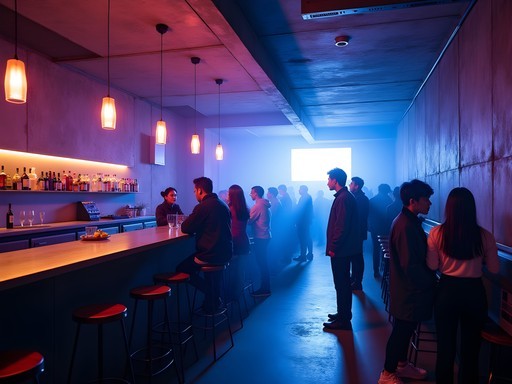
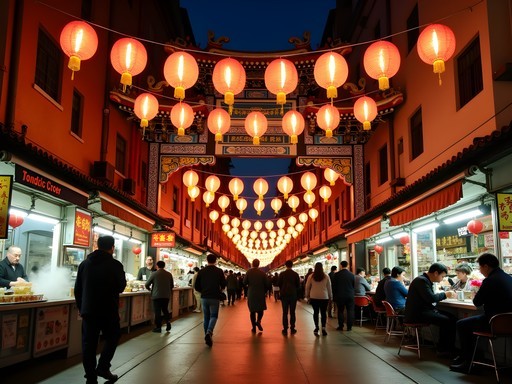
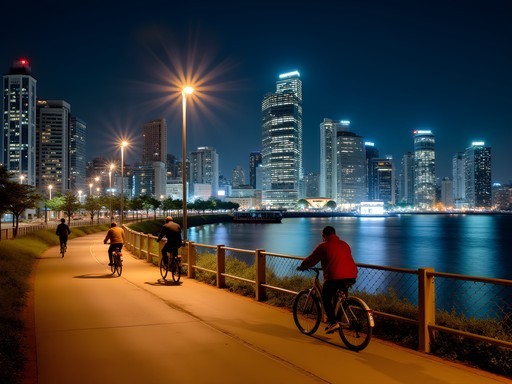


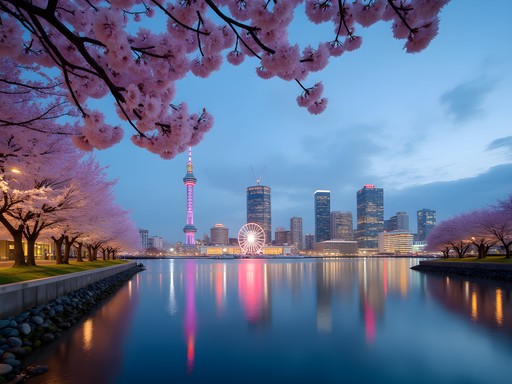
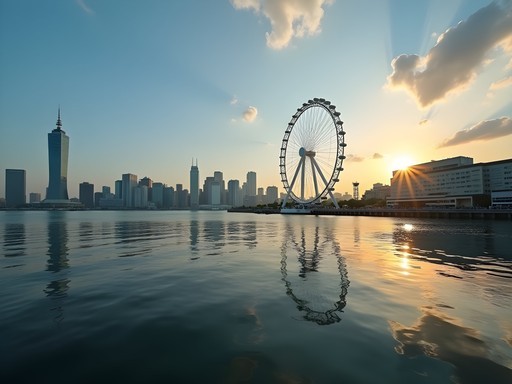
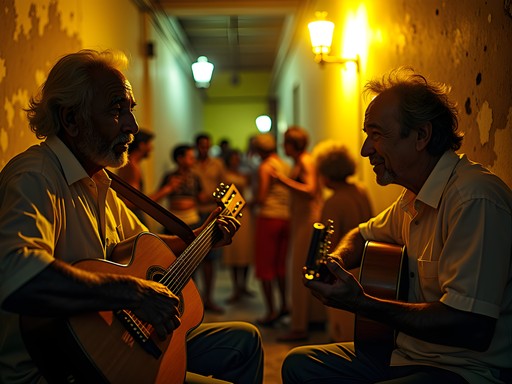
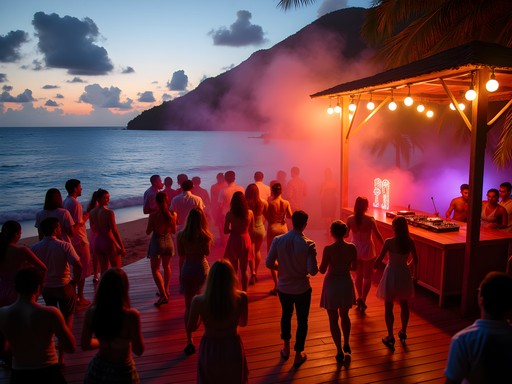
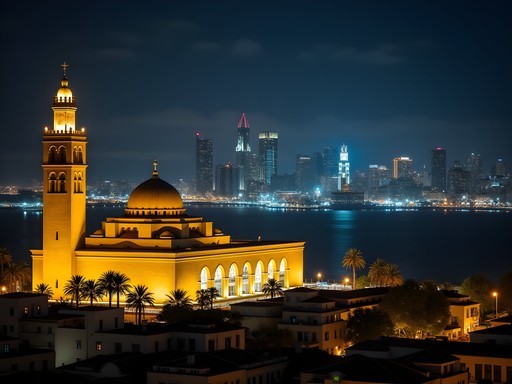
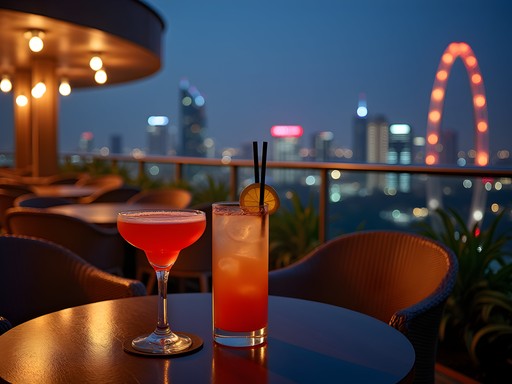
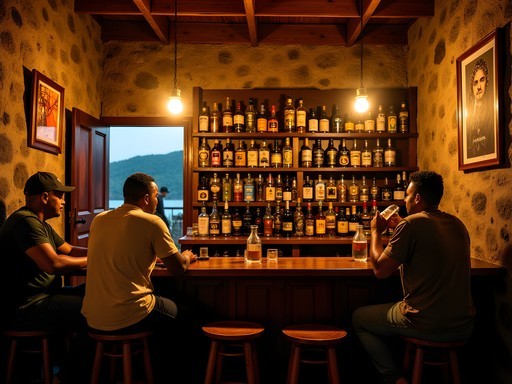
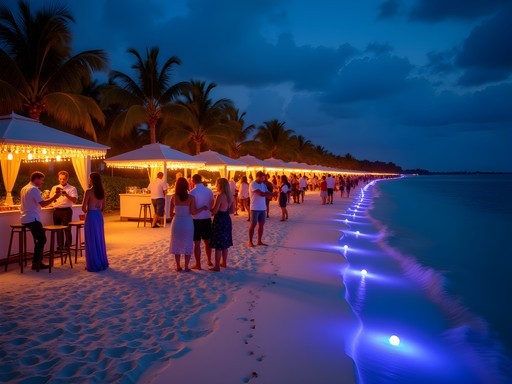
Comments
escapeone
Don't miss the late-night dim sum spots in Chinatown! Most tourists visit during the day, but after 9pm is when it gets really interesting. There's this tiny place down an alley (can't remember the name) that serves dumplings until 2am. The owner showed us how to properly dip them in this special black vinegar they make in-house. I used my pocket guide to find it - they list some great late-night food options that aren't in the regular guidebooks.
beachwanderer
Going to Yokohama next month! How's the transportation at night? Easy to get back to Tokyo if I'm staying there?
journeyone
Trains run until around midnight between Tokyo and Yokohama. After that, there are night buses or taxis (pricey though). I actually stayed at a hotel in Minato Mirai to avoid the rush - totally worth it for the harbor views!
beachwanderer
Thanks! Maybe I'll look into staying in Yokohama for a night then.
Sophia Gomez
Ronald, this is exactly the kind of local insight I've been looking for! I was in Yokohama last month for a business conference and ended up with a free evening. Followed your advice and headed to Noge - what a revelation! Those narrow alleys filled with tiny bars were incredible. The owner at one spot (I think it was called Slow Hand?) made me the best whisky highball I've ever had and we ended up chatting for hours despite my broken Japanese. The whole area feels so much more authentic than the tourist-heavy spots in Tokyo. Next time I'll definitely check out the jazz clubs in Kannai you mentioned!
beachwanderer
Is it safe to explore Noge alone at night? Planning a solo trip and this sounds amazing but a bit nervous.
Sophia Gomez
Absolutely! Japan in general is super safe, and Noge was very welcoming. As a solo female traveler, I felt completely comfortable walking around even late at night. Just bring a portable translator app if you don't speak Japanese - it really helps with menus and conversations!
journeyone
Finally someone giving Yokohama the credit it deserves! Tokyo gets all the attention but Yokohama's nightlife is such a hidden gem!
escapeone
Right?? I was there last year and the bar scene in Noge blew me away. So much more chill than Tokyo's chaos.
journeyone
Exactly! Did you try any of those tiny bars where the owner is also the bartender?
tokyo_dreaming
Heading to Tokyo next week and definitely adding a Yokohama night to the itinerary after reading this!
smartking
JUST got back from Japan and spent 2 nights in Yokohama because of this post! OMG the Noge district blew my mind!! Those tiny 6-seat bars are the real deal - had the BEST whisky of my life in one where the bartender had to slide out so I could sit down lol. And that view from Minato Mirai at night?? INSANE. Way less tourists than Tokyo and felt like I was actually hanging with locals. The Chinatown food stalls after 10pm were a revelation too. Ronald you're a legend for putting this on my radar!!
skystar
How safe is Yokohama at night for solo female travelers? Planning a trip and Tokyo feels a bit overwhelming for my first Japan visit.
hikingtime
Super safe! I (F) went alone last year and felt more comfortable than in my hometown. Just use normal travel sense.
Ronald Jackson
Hi skystar! Yokohama is incredibly safe for solo travelers. The Minato Mirai area especially is well-lit and populated even late at night. I'd recommend staying near there or Sakuragicho Station for easy access to everything. My pocket translator was super helpful in the smaller Noge bars where English isn't as common!
Claire Hawkins
Ronald, this post brings back such memories! I visited Yokohama last year with my family and the Noge district was our absolute favorite discovery. Those tiny bars where the owners remember your name after just one visit? Pure magic! My husband still talks about this jazz bar we found down an alley where the bartender made cocktails that weren't on any menu, just based on a brief conversation about what you like. The kids (teens) loved Minato Mirai at night - we took a harbor cruise that gave us incredible views of the skyline all lit up. One tip for families: the ramen museums are surprisingly fun evening activities when the lines are shorter! Much more relaxed than Tokyo's constant sensory overload.
smartking
That jazz bar sounds AMAZING! Do you remember the name by any chance?
Claire Hawkins
I think it was called JazzSpot Dolphy? Small place with vinyl records all over the walls. The owner was a former musician who spoke great English!
hikingtime
Finally someone giving Yokohama the credit it deserves! Been telling friends this for years.
Claire Hawkins
Totally agree! Yokohama is such a hidden gem compared to Tokyo. Less overwhelming too.
hikingtime
Exactly! And the harbor views at night are just something else.
backpack_wanderer
Is Yokohama safe at night for solo female travelers?
Fatima Sims
I was just there solo last month and felt incredibly safe, even walking around at 1am. Japan in general is super safe, and Yokohama was no exception. The main areas like Minato Mirai are well-lit and have people around even late. Just use normal travel precautions and you'll be fine!
backpack_wanderer
That's great to hear, thanks Fatima! So excited for my trip now.
Venture X
Premium card with 2X miles, $300 travel credit, Priority Pass